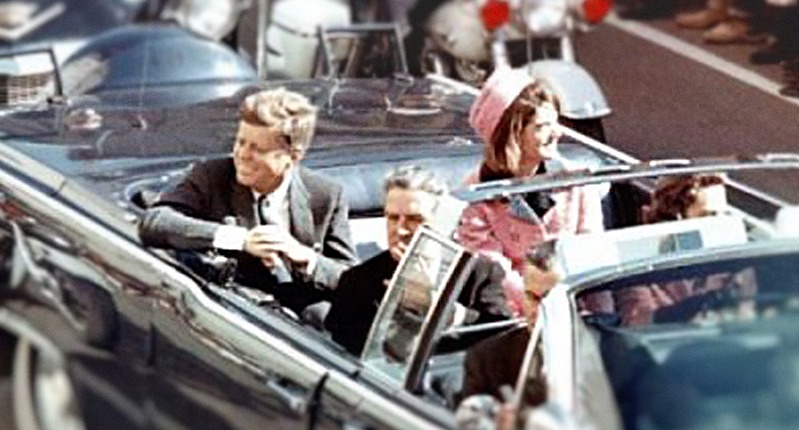Holding a position of power can sometimes come with a threat towards your own life.
History tells us of more than one case where a famous and influential person ended up fatally wounded. Their assassination, the public demise arranged for these people has almost always triggered shock and sometimes worldwide havoc.
Such was the case of Archduke Franz Ferdinand, whose assassination marked the beginning of a war of previously unimaginable magnitude.
The Assassination of Archduke Franz Ferdinand and his wife
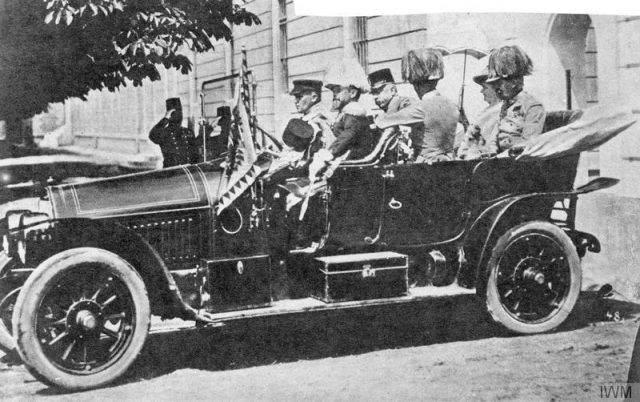
Gavrilo Princip was only 18 years old when he successfully aimed his pistol at Archduke Franz Ferdinand and his wife Sophie, Duchess of Hohenberg.
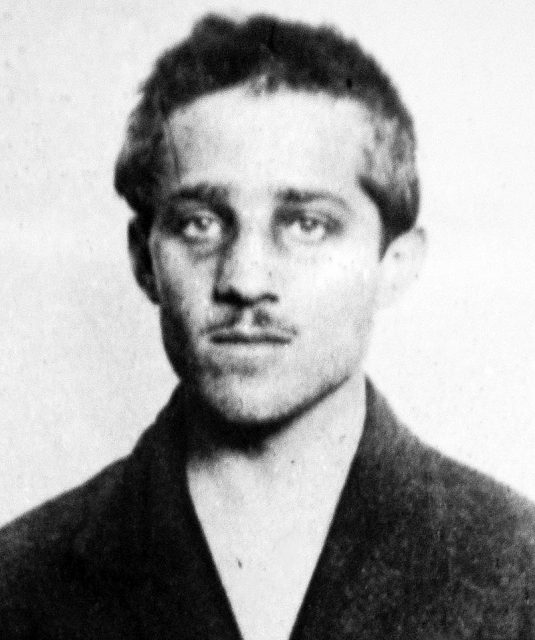
The Archduke was a possible heir to the throne of the mighty Austro-Hungarian empire. The event took place in Sarajevo, Bosnia & Herzegovina on June 28, 1914, with fatal consequences for the world.
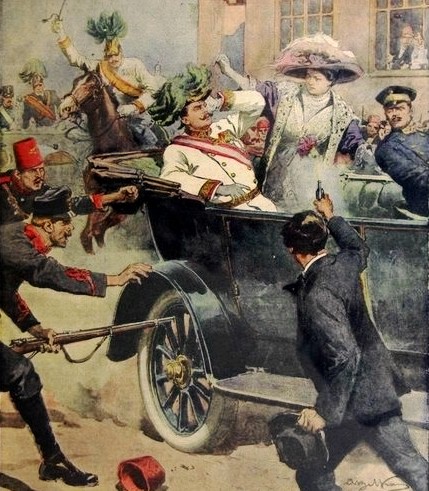
Franz Ferdinand’s visit to Sarajevo that month was much anticipated by a group of dissident young men who were angry about the annexation of Bosnia and Herzegovina by the Austro-Hungarian empire. Supported by a terrorist movement known as the Black Hand, who armed the revolutionists, a plot to murder Archduke Ferdinand was hatched.
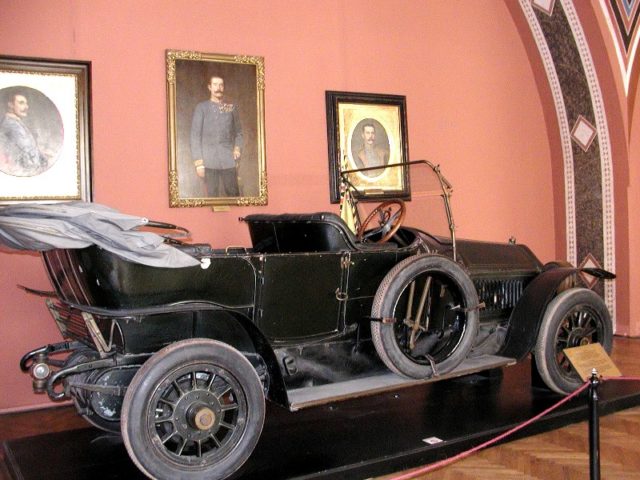
On the final day of the archduke’s visit, the men took up positions along the published route that his motorcade was to take through Sarajevo. Nedeljko Cabrinovic tried but failed to blow up their car. When the bomb he threw bounced off the hood and exploded under the next vehicle, the rest of the group lost their nerve.
However, after continuing on to complete their official engagement, the archduke insisted on traveling to the hospital to see his injured officers. Quite by chance, the driver took a wrong turn down a side street and then stalled the car — right in front of Gavrilo Princip, who was still carrying his pistol.
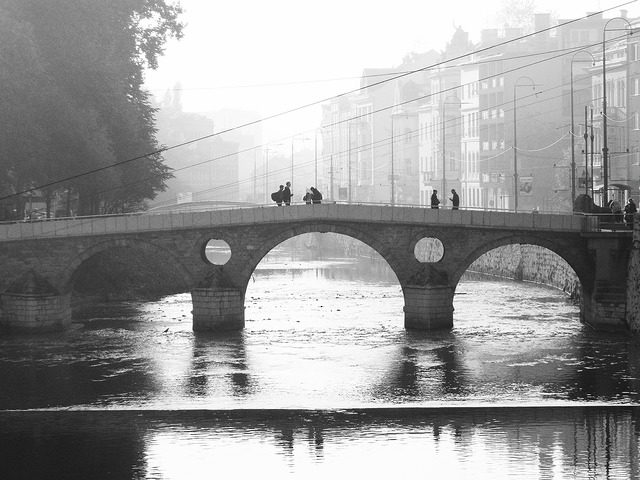
Princip fired two shots at point-blank range, killing both Franz Ferdinand and his wife. He then tried to take his own life but without success. Princip was sentenced to 20 years in prison but passed away from tuberculosis in the spring of 1918.
In the aftermath of the assassination, Austria-Hungary declared war on Serbia, and other countries were quick to take sides. Millions of people died over the next four years as the war spread across the globe like a plague.
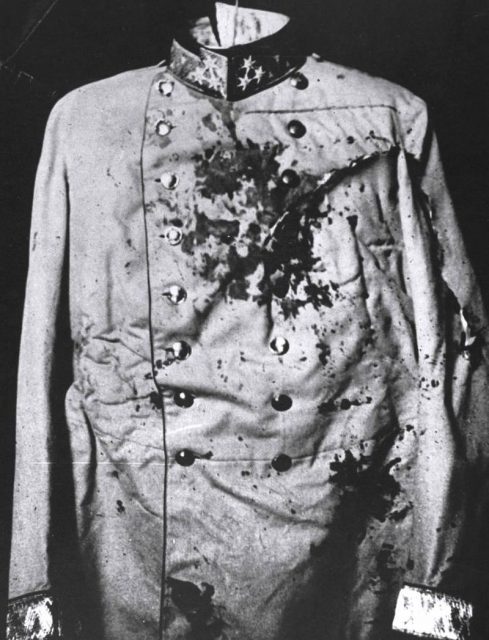
The wounds of World War I never truly healed. Just two decades later, the world was plunged into an even deadlier war, the one that also introduced us to the horrors of the Holocaust and the atomic bombings of Hiroshima and Nagasaki.
The assassination of President John F. Kennedy
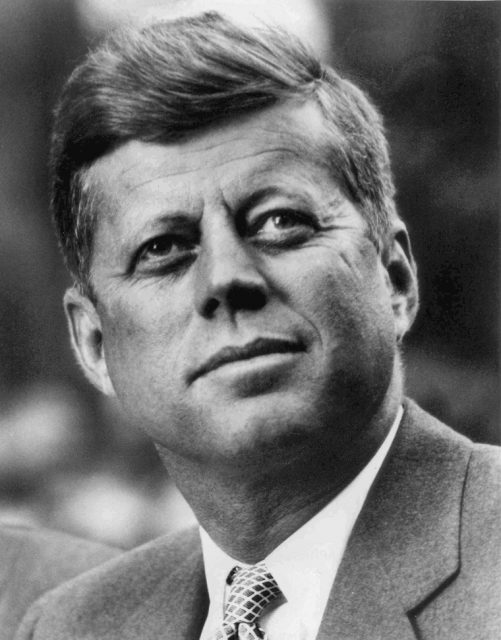
President Kennedy was due to hold a speech at the Dallas Trade Mart on November 22, 1963, when his motorcade, progressing through downtown Dallas, was intercepted with gunfire. He was one of the most beloved U.S. presidents, yet his name grew almost synonymous with the word assassination itself.
According to the official report, three shots were fired by assassin Lee Harvey Oswald. While the first one missed President Kennedy, the second struck him at the neck and the third was the deadliest — in his head. It was a sudden, violent, and shocking death.
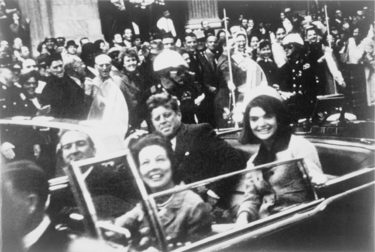
Oswald fired his weapon from the nearby Texas School Book Depository, stationed on the building’s sixth floor. He was a trained U.S. marine, discharged from service, and noted for his attempt to obtain Soviet citizenship afterward.
Only two days passed and Oswald himself was killed by one Jack Ruby, who later claimed his motive to eliminate President Kennedy’s assassin was to help the former First Lady, Jacqueline Kennedy, avoid having to face the court trials against Oswald.
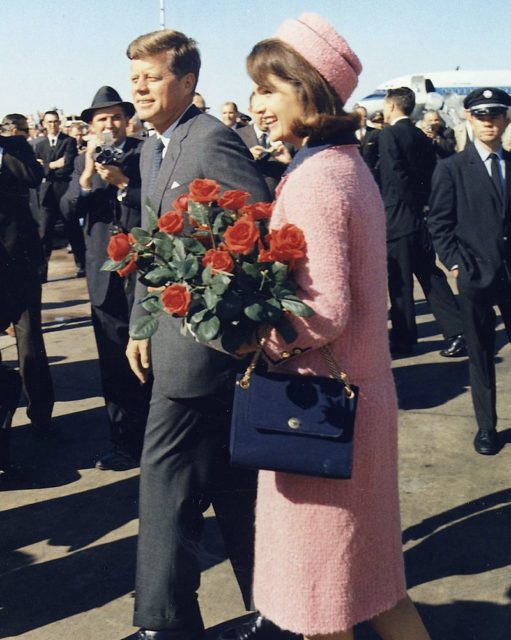
The obscure details surrounding JFK’s death have invited the wildest conspiracy theories to explain what happened on November 22, 1963 for years to follow.
Murder at the Ford’s Theater: President Lincoln’s death
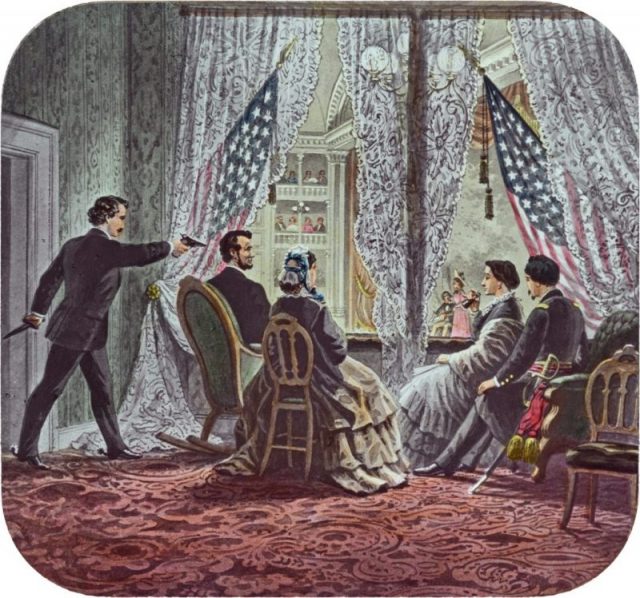
In another notorious episode involving the assassination of a U.S. head of state, President Lincoln was attending a performance of “Our American Cousin” at Ford’s Theater in Washington, D.C.. It was April 14, 1865, not a week after Confederate troops had surrendered in Virginia, marking the end of the blood-soaked American Civil War.
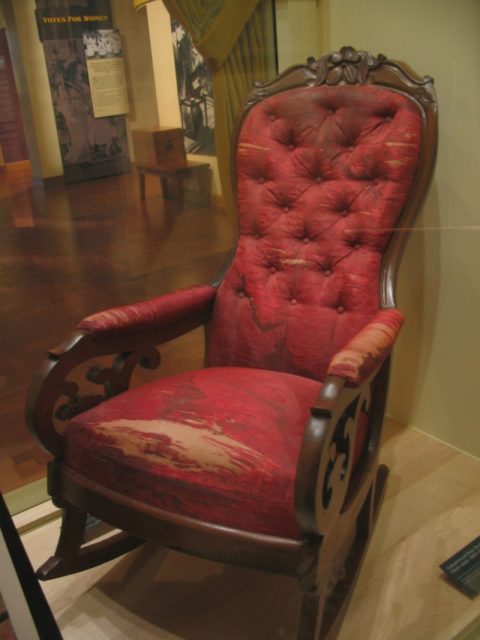
President Lincoln’s assassin approached from behind at the balcony where the President was seated alongside his wife, Mary Todd Lincoln. He was John Wilkes Booth, a noted theater actor and even better noted for his public support towards the Confederates.
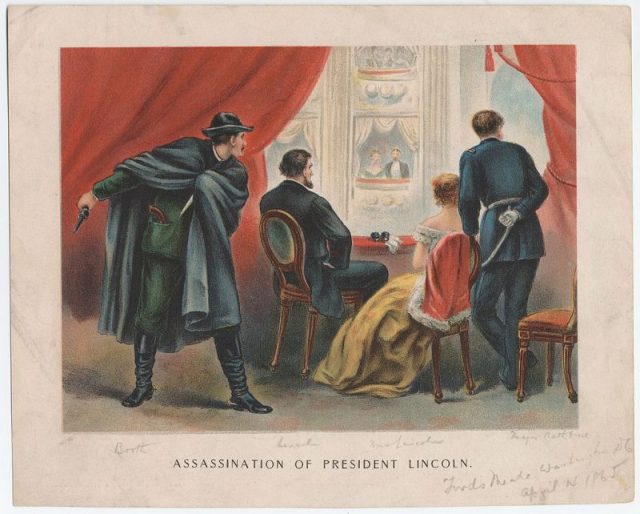
In cold blood, he would fire a bullet into President Lincoln’s head. The assassin then leaped from the box and managed to flee the venue, even with an injured leg from the jump.
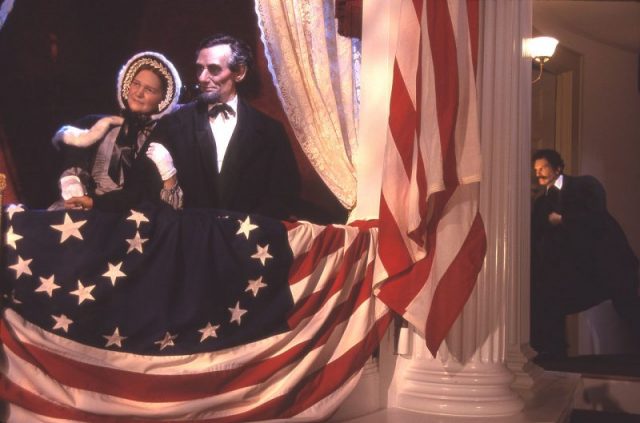
According to History, the search for John Wilkes Booth engaged 10,000 federal troops, detectives and police — one of the largest manhunts ever.
Unbelievably, someone who was there in Ford’s Theater that night when Lincoln was assassinated lived long enough to tell about it in a 1950s game show:
Mahatma Gandhi met his assassin with a smile
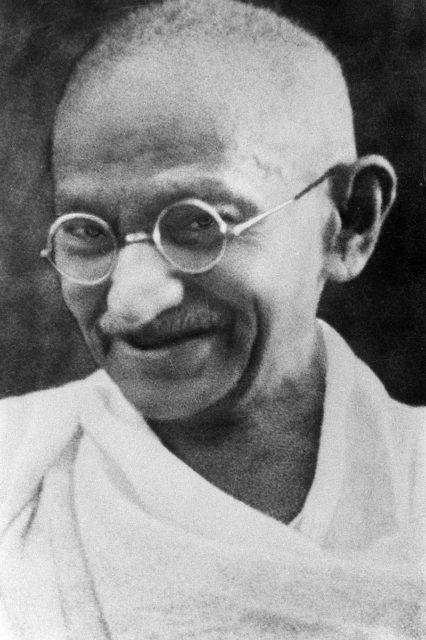
Political leaders have been assassinated elsewhere around the world. In India, the great Mohandas Karamchand Gandhi, better known as Mahatma Gandhi, met his own violent death on January 30, 1948 when he was fatally shot in the chest and stomach by Nathuram Godse.
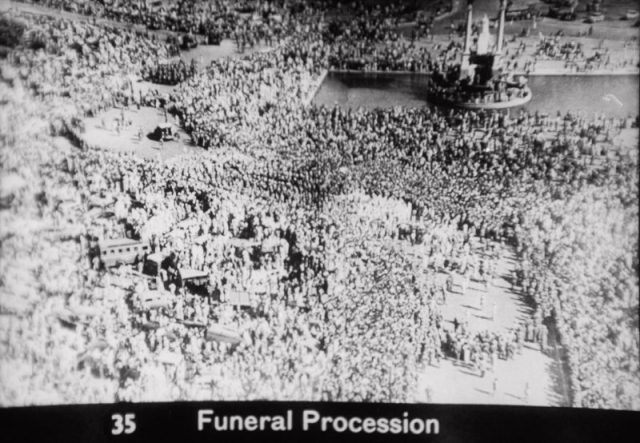
After World War II, the rule of the British Raj came to an end and India was declared an independent nation. This was not a straightforward deal, as part of the process was to split the Indian subcontinent into two independent countries — India and Pakistan. The main aim of the Partition of India was to create separate Hindu and Muslim states, and this triggered mass migration as people found themselves cut off from their kin. Tensions across India were set at boiling point.
Mahatma Gandhi was a strong and respected voice who advocated a peaceful transition. His message was not admired by nationalists from all sides — Hindu, Muslim, and Sikh. His own assassin was Hindu fanatic.
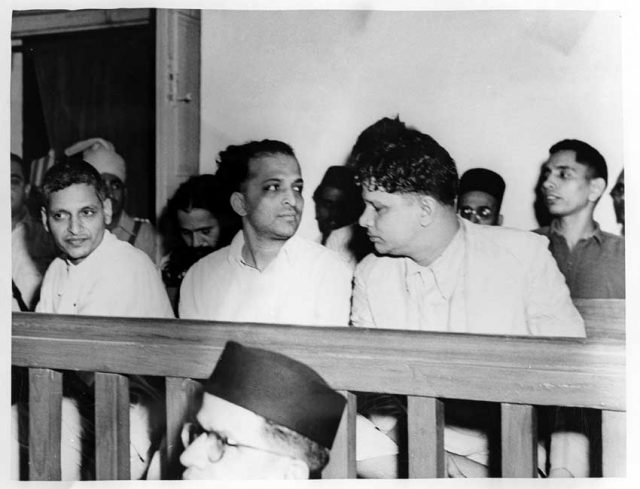
Gandhi was 78-years-old the day he greeted his assassin in the gardens of his residence — Birla House, in Delhi. The peace leader was on his way to prayer and was armed only with his smile when Nathuram Godse approached, holding a Beretta automatic gun.
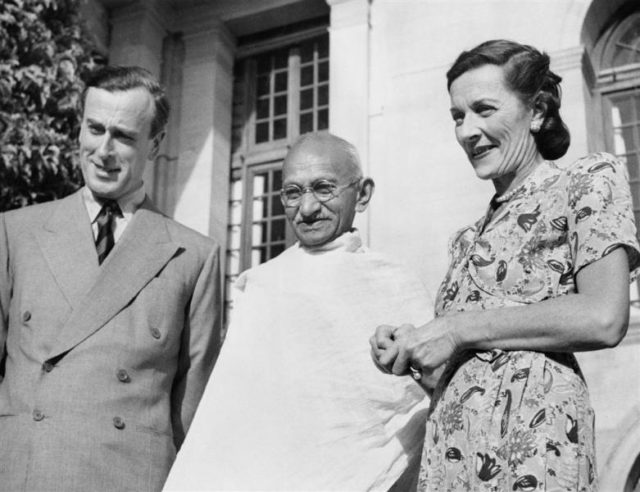
Gandhi died within a half an hour of the shooting. Nobody called a doctor in the entire confusing scene that unfolded.
Nathuram Godse was convicted of murder and sentenced to death later that same year.
The violent end of Martin Luther King Jr.
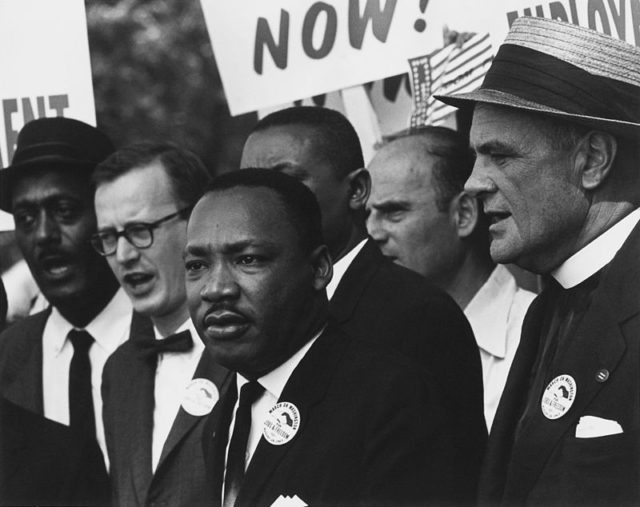
In a dark episode for the United States, much-cherished and admired champion of the American civil rights movement, Martin Luther King Jr., was assassinated on April 4, 1968.
King met his death in Memphis, Tennessee at the Lorraine Motel second-floor balcony, close to the room where he was staying. He was fatally wounded in the neck by one James Earl Ray.
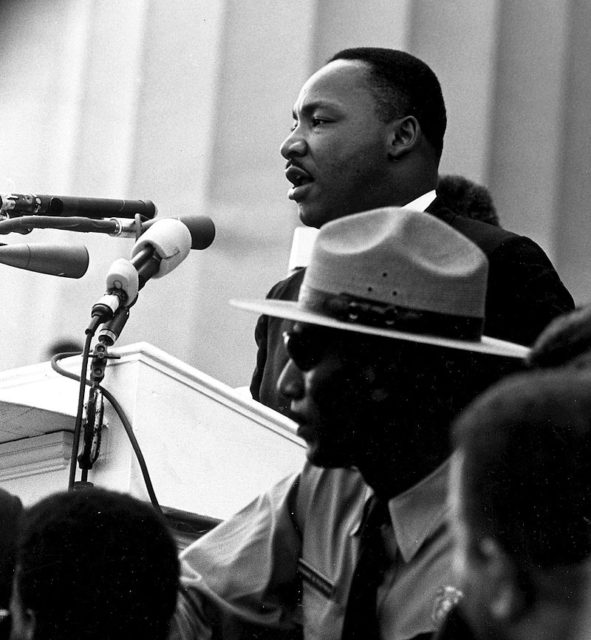
Five years before he was assassinated, King appeared as one of the key figures behind the historic March on Washington for Jobs and Freedom. It was one of many of his jubilant moments.
The 1963 march assembled around 250,000 people in front of the Lincoln Memorial, and it was here that Martin Luther King would address his iconic “I Have a Dream” speech.
The day before his death, King delivered his very last speech in Memphis. With an eerie sense of premonition, he said the following as he took the floor at the Mason Temple Church: “I am not worried about anything. I’m not fearing any man. Mine eyes have seen the glory of the coming of the Lord.”
As King fell victim to James Earl Ray shortly after uttering these words, rioting broke out in cities across America. The assassin was eventually jailed and sentenced to long years in jail, though more than once it has been considered that perhaps there was a deeper plot behind the case.
